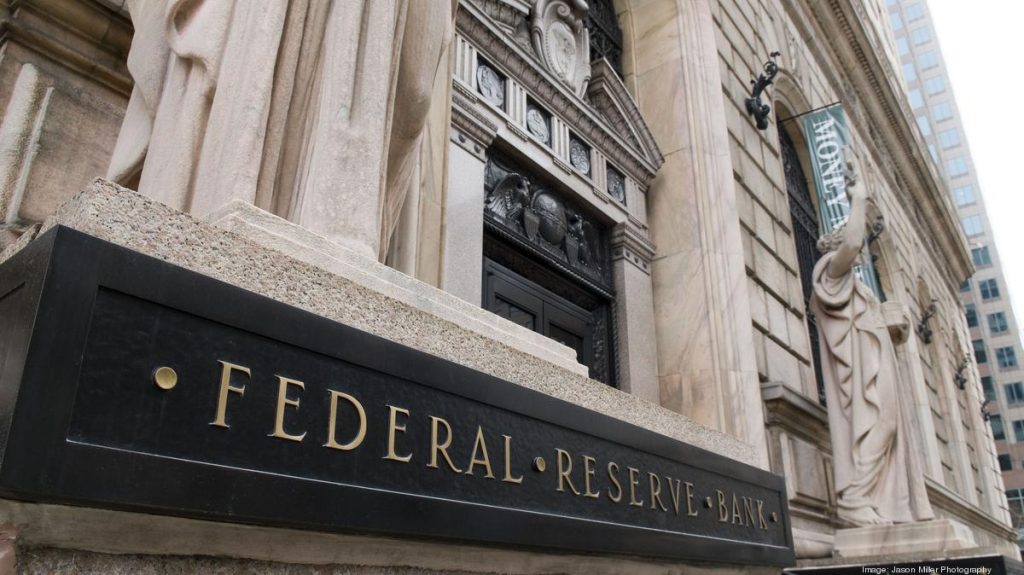The Federal Reserve appears to be following its conservative economic plan and may keep flat interest rates until at least 2025. Raphael Bostic, the president of the Federal Reserve Bank of Atlanta, made this clear. We should expect the earliest rate reductions no earlier than the end of the year or the beginning of the next year.
Bostic, one of this year’s monetary policy decision-makers, is in no hurry to change anything as he is concentrating on increasing employment and getting wages right for inflation. Although he recognizes that the rate of inflation is lower than anticipated, he is still determined to achieve his unreachable 2% goal. This year, his plan is not very ambitious; he is just looking to have one rate cut.
Understanding the Impact of Interest Rate Cuts on Inflation
In the context of persistent inflation, which still exceeds the Fed’s target, rate decreases are discussed only with a high degree of reluctance. Jerome Powell’s inference that faith in narrowing rates would last for longer led to the stickiness of inflation over the first quarter. Powell adds to this feeling.
If we recall the six interest rate cuts that everyone had already speculated about at the beginning of the year, such a conservative spirit is unexpected. Today, traders are hoping for one or two cuts. At the same time, Bostic added a tinge of positivity, as the average American business and consumer appear to be in a better place than typically at this stage of the economic cycle.
How to Control Inflation Amidst US GDP Growth
The IMF has raised the forecast for US GDP this year to 2.7%. Growth leads to inflation, which requires control. The IMF is worried about the USA because, although its domestic economy seems tough, the world economy, especially poor nations, still feels the consequences of past crises.
The projected growth rate in the Eurozone this year is only 0.8%. Nevertheless, the 3.2% world economic growth is more upbeat. We expect China and India to awaken, thereby altering the economic balances. IMF chief economist Pierre-Olivier Gourinchas raises a yellow flag, proposing a slow and cautious exit from US monetary policy as the economy is leaving its pre-pandemic speed.
Traders held off on rate cuts as March consumer prices exceeded annual inflation. Even UBS strategists pose the “real risk” that the Federal Reserve may hike rates early next year as opposed to cutting them. U.S. expenditures and debt are raising crucial risks, as allowing inflation to rise could hinder global economic growth. To keep inflation under 2%, the European Central Bank is hesitating on rate decisions.


